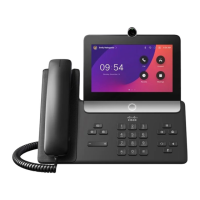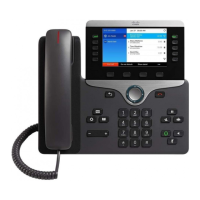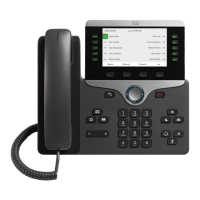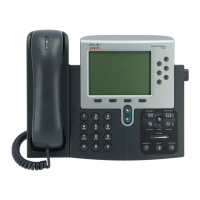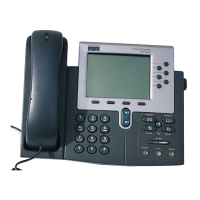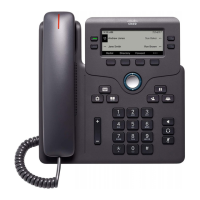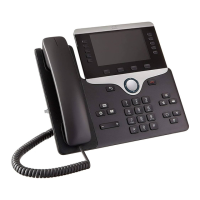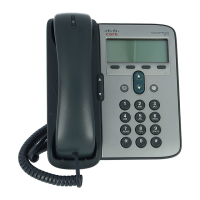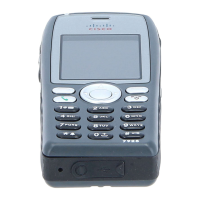The Cisco IP Phones have the following features:
• Programmable feature buttons that support up to 10 lines or that can be programmed for other features
• Gigabit ethernet connectivity
• Bluetooth support for wireless headsets (Cisco IP Phone 8845, 8851, 8861 and 8865)
• Support for an external microphone and speakers (Cisco IP Phone 8861 only)
• Network connectivity by Wi-Fi (Cisco IP Phone 8861 and 8865)
• USB ports:
• one USB port for Cisco IP Phone 8851
• two USB ports for Cisco IP Phone 8861 and 8865
• Support for up to 3 key expansion modules:
• Cisco IP Phone 8851 supports 2 key expansion modules
• Cisco IP Phone 8861 supports 3 key expansion modules
A Cisco IP Phone, like other network devices, must be configured and managed. These phones encode and
decode the following codes:
• G.711 a-law
• G.711 mu-law
• G.722
• G.722.2/AMR-WB
• G.729a/G.729ab
• iLBC
• OPUS
• iSAC
Cisco IP Phones provide traditional telephony functionality, such as call forward, transfer, redial, speed dial,
conference and voicemail system access. Cisco IP Phones also provide a variety of other features.
As with other network devices, you must configure Cisco IP Phones to prepare them to access Third-Party
Call Control system and the rest of the IP network. By using DHCP, you have fewer settings to configure on
a phone. If your network requires it, however, you can manually configure information such as: IP address,
netmask, gateway and primary/secondary DNS servers.
Cisco IP Phones can interact with other services and devices on your IP network to provide enhanced
functionality. For example, you can integrate Third-Party Call Control system with the corporate Lightweight
Directory Access Protocol 3 (LDAP3) standard directory to enable users to search for coworker contact
information directly from their IP phones.
To function in the IP telephony network, the Cisco IP Phone must connect to a network device, such as a
Cisco Catalyst switch. You must also register the Cisco IP Phone with a Third-Party Call Control system
before sending and receiving calls.
Finally, because the Cisco IP Phone is a network device, you can obtain detailed status information from it
directly. This information can assist you with troubleshooting any problems users might encounter when using
their IP phones. You can also obtain statistics about a current call or firmware versions on the phone.
Cisco IP Phone 8800 Series Multiplatform Phone Administration Guide for Release 11.3(1) and Later
2
Cisco IP Phone 8800 Series Multiplatform Phone Hardware
Phone Overview
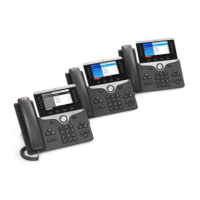
